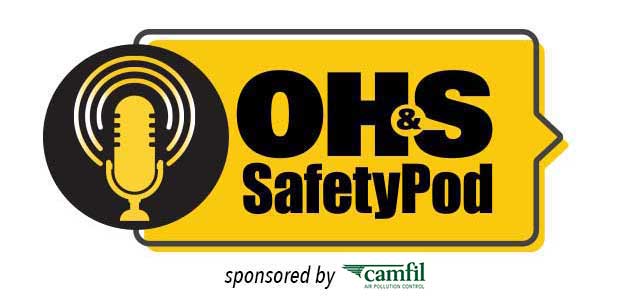
Episode 19
OH&S Editor Sydny Shepard discusses analyzing, studying and controlling hazardous dusts with Camfil APC's Jon Ladwig.

New York University’s School of Global Health to study the physical and mental health impact of COVID-19 on transit workers.
Many businesses in America are beginning to reopen or thinking about reopening. However, your employer should ensure he or she is making the following precautionary, coronavirus steps before operating as usual.
OSHA has cited healthcare company OHNH EMP LLC for violating respiratory protection standards following an inspection after the company reported the coronavirus-related hospitalization of seven employees.

As fall quickly approaches and schools consider reopening, many wonder if teachers can be considered essential, front-line workers. Traditionally, teachers have not been considered “essential,” but that might be changing.

Pregnancy discrimination in the workplace—direct or indirect—can have effects on the woman and baby’s health. Make sure you are supporting and respecting your pregnant workers, especially with new legislation.
An OSHA guide helps define work-related asthma, informs you why you should care and tells you what to do if you have asthma from work.
Every year, thousands of workplace injuries and illnesses occur. No matter how prepared you are for the next incident, it is clear organizations could use some help. Check out OSHA's top 10 violations and ways you can actively prevent them.

The coronavirus pandemic and its social distancing, work-from-home implications had many experts worry that Americans would become overwhelmed with loneliness. While mental health and loneliness have definitely worsened, people are surprisingly good at staying connected, studies show.

Many states are now enforcing mandatory mask orders to combat rising coronavirus cases across the nation. Mounting evidence suggests masks significantly reduce the transmission of the virus, and experts from the CDC say good mask wearing could mean improvement in two months.